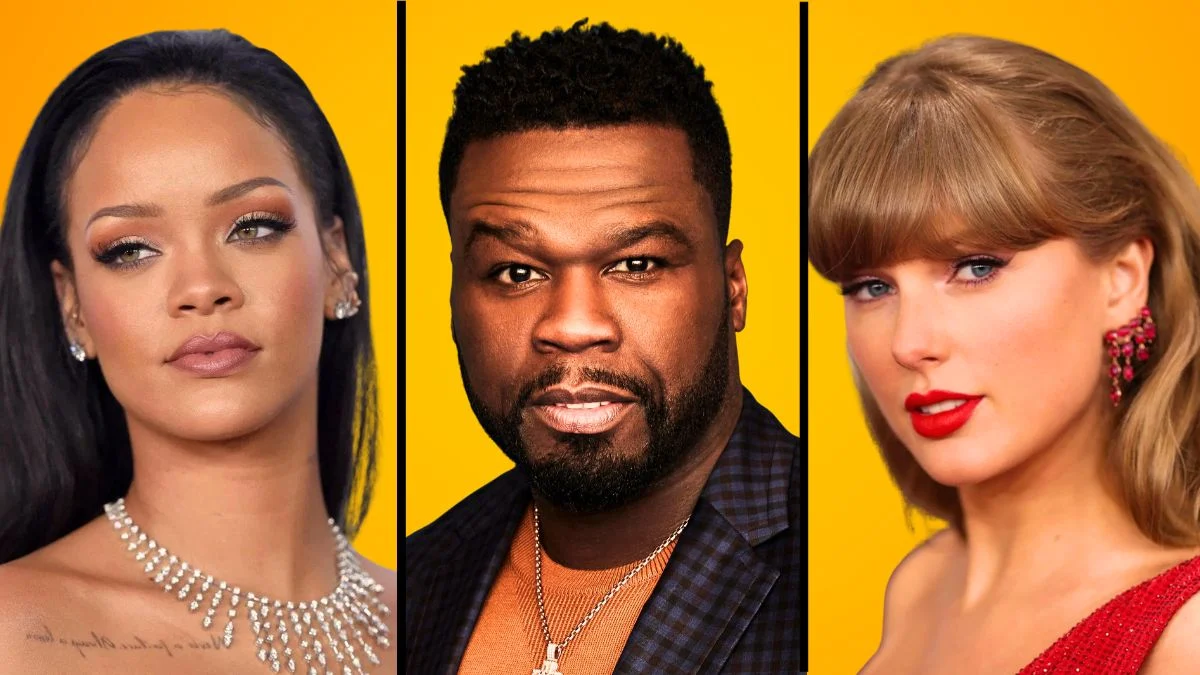
It’s not uncommon for celebrities to face public disagreements, and some have responded to perceived offenses with remarkably calculated and daring plans. These are the tales of how contracts, chart manipulations, and ingenious publicity stunts became powerful ways to retaliate – all unfolding under intense scrutiny and with a lot on the line.
Every post details exactly what occurred and how the strategy played out, including specific dates, launch information, and verifiable results. We focus solely on facts – no speculation. This showcases the definite actions celebrities have taken to manage their narratives and achieve success independently.
Taylor Swift

In 2019, the sale of Taylor Swift’s original recordings sparked a series of actions that resulted in her re-recording her first six albums, released as Taylor’s Version. She started with ‘Fearless’ in April 2021 and followed with ‘Red’ in November 2021, then continued with ‘Speak Now’ in July 2023 and ‘1989’ in October 2023. With each new release, she replaced the original recordings for use in films and television, and provided streaming services with updated versions to play for listeners.
The plan focused on generating income and gaining control through the new recordings, and fans supported this by choosing Taylor’s Version in their playlists and requests. As the re-recorded songs gained prominence, the worth of the original recordings diminished in licensing agreements, demonstrating a viable strategy for artists to challenge ownership issues by carefully recreating their work.
50 Cent
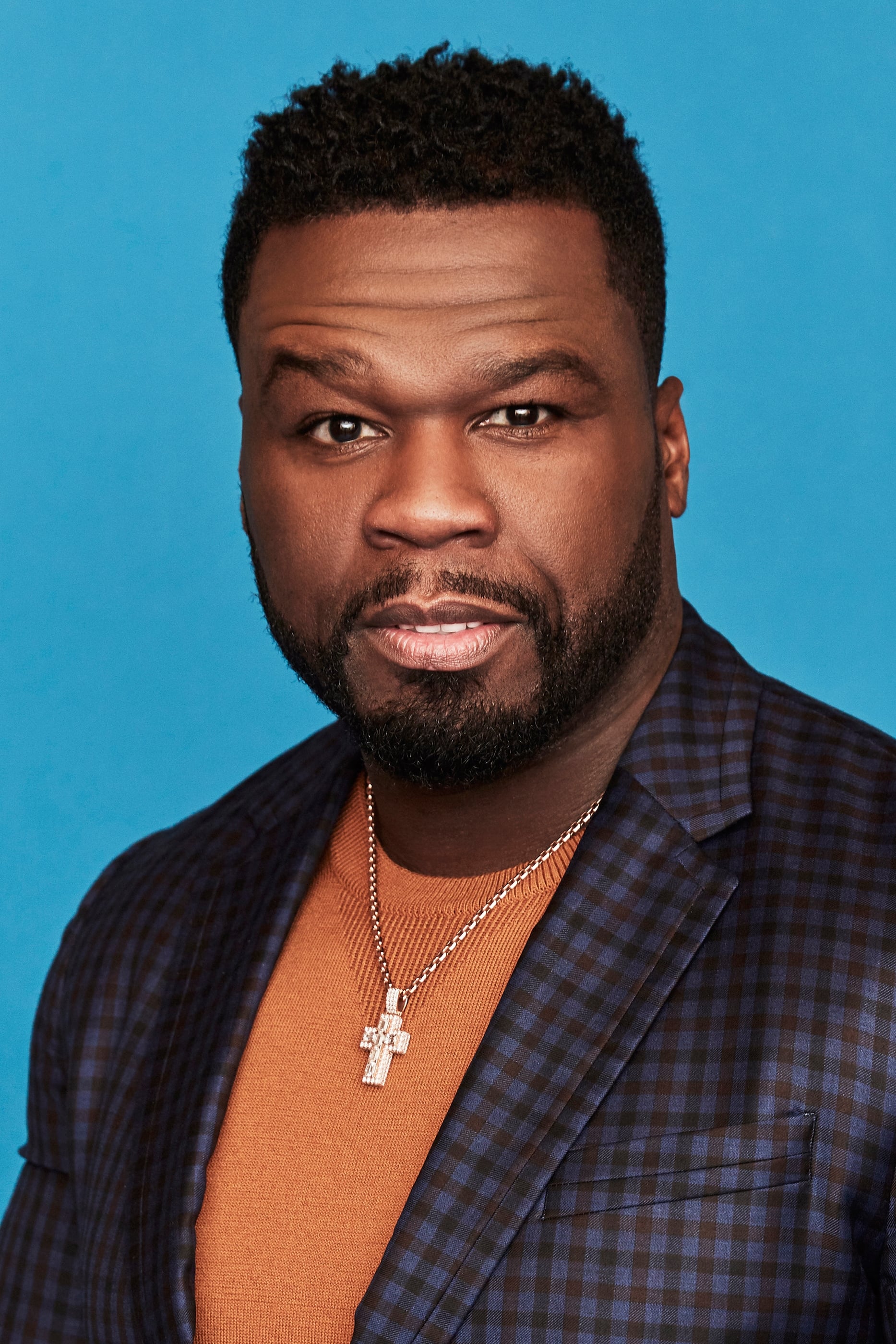
Back in 2018, 50 Cent announced he’d purchased roughly 200 front-row tickets to a Ja Rule concert. His intention? To make the best seats appear empty. He shared screenshots of his purchase and photos from the show clearly showing vacant rows on social media. This ticket purchase was a strategic move to diminish the visual impact of a competitor’s show without actually cancelling it.
The incident worsened an existing disagreement and was the main focus of news reports for several days. It also showed how tickets and social media can be used in musical competitions, as the cost of purchasing tickets effectively became a marketing cost to support a story that spread widely beyond the concert hall.
Joan Crawford
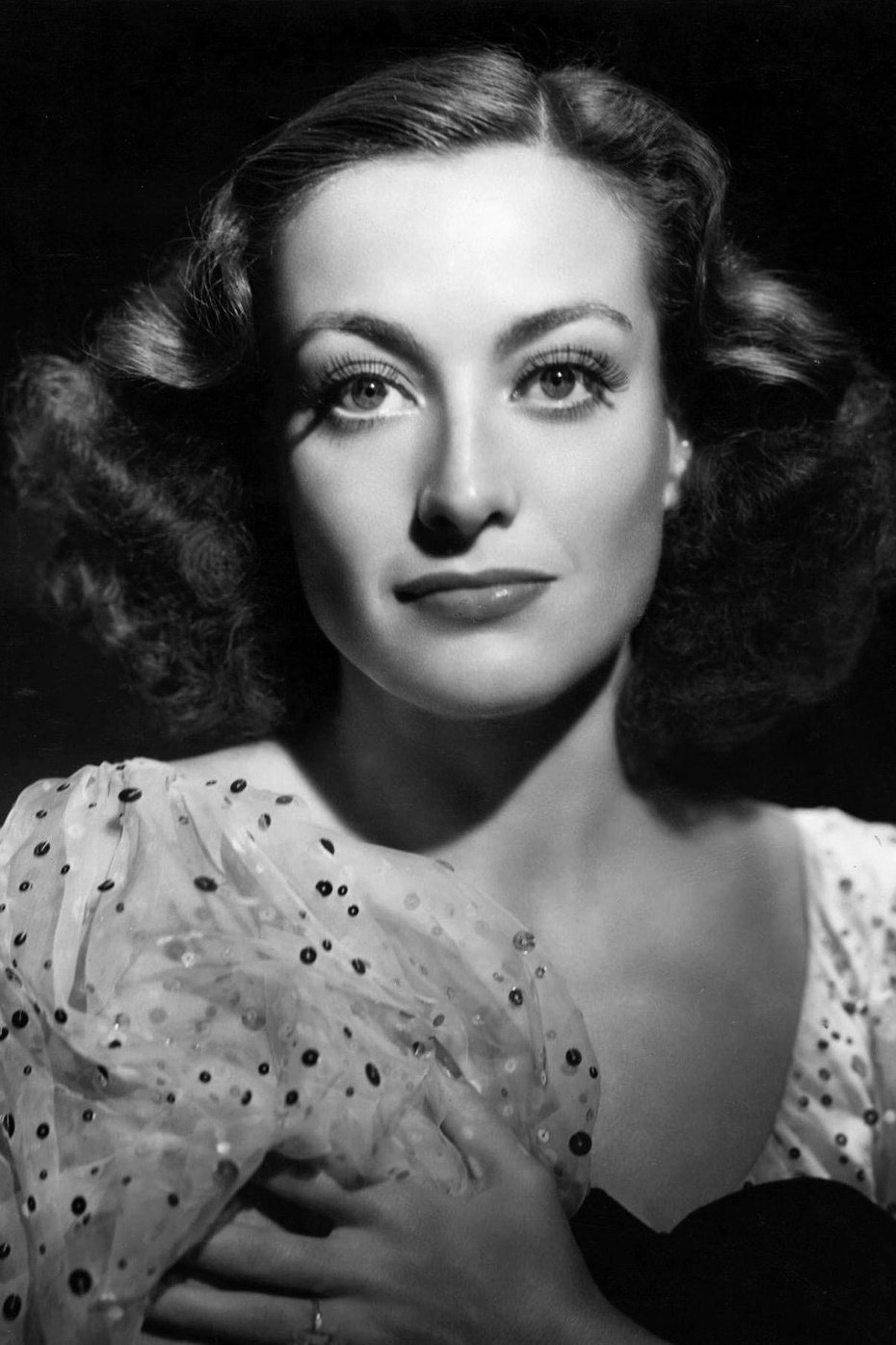
At the 1963 Academy Awards, Joan Crawford wasn’t nominated for an award, but Bette Davis was a contender for Best Actress thanks to her role in ‘What Ever Happened to Baby Jane’. Crawford had made a plan to accept the award on behalf of Anne Bancroft if Bancroft won – and she did! Crawford then went onstage to accept the statuette, while Davis watched from the audience.
This action highlighted a long-standing and intense competition between them. It also showed how the rules of the awards show could be used to influence a key moment during the live broadcast. Pictures of Crawford posing with the Oscar appeared in newspapers, reinforcing the narrative and drawing attention away from her colleague’s nomination on the most important night for movies.
Prince

In 1993, Prince changed his stage name to a symbol that was impossible to pronounce and made a public appearance with the word Slave written on his face. This was a protest against his contract with Warner Bros, and he wanted to show how release dates and having limited control over his music were hindering his creativity. Because the symbol was difficult to use, news organizations started referring to him as The Artist Formerly Known as Prince.
His refusal to compromise continued until his contract ended in the late 1990s. Following this, he released ‘Emancipation’ and began connecting with fans directly, using new and different ways to distribute his music. This situation became a prime example of how a brand and an artist’s identity can become sources of conflict when it comes to who owns the work and how quickly it’s released.
Rihanna
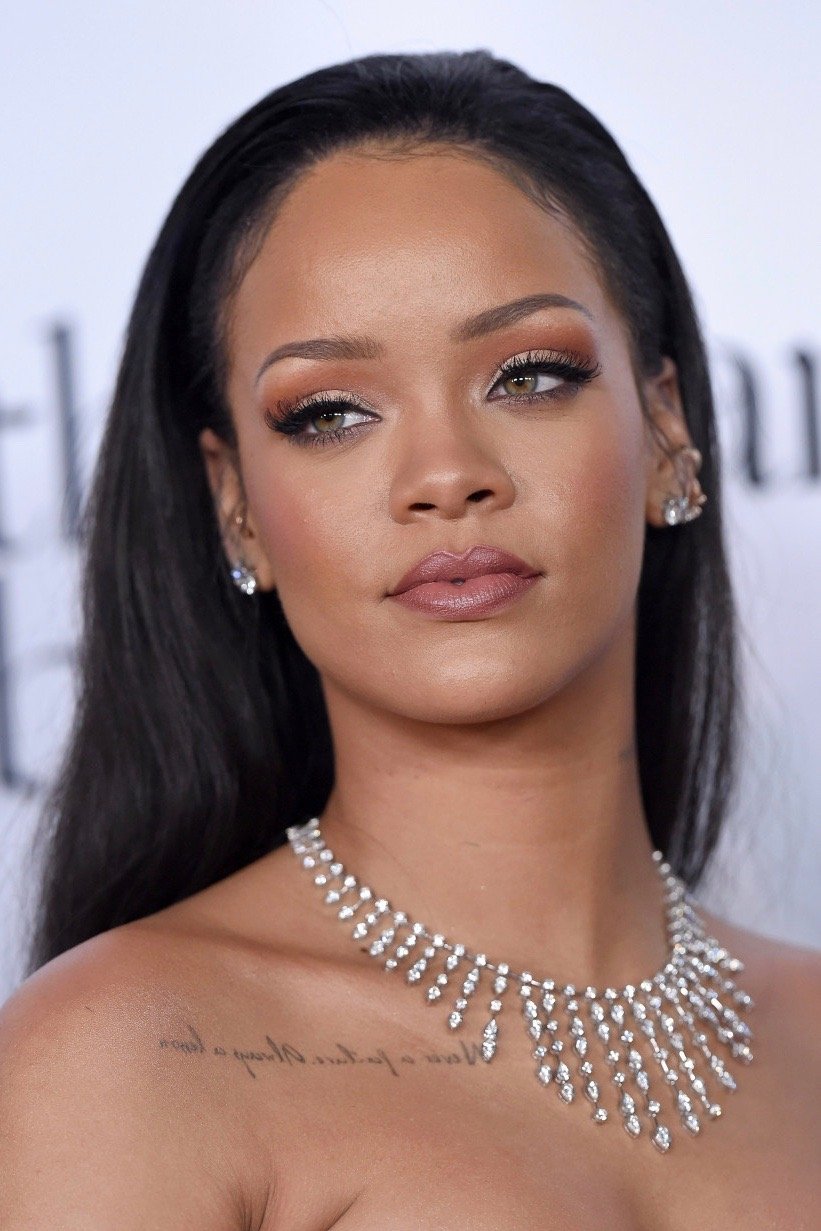
In March 2018, Snapchat published an advertisement that made reference to Rihanna and a previous incident of domestic violence. Rihanna reacted on Instagram Stories, publicly criticizing the platform. This led to significant media coverage and a clear decrease in how users felt about Snapchat that week. Experts observed a drop in the company’s market value on a single day, as her post highlighted both the ad and Snapchat’s content moderation practices.
The controversy led the app to apologize and rethink how it handles reviews for sponsored posts. Rihanna’s reaction demonstrated how a clear statement from a well-known celebrity can have a real impact on a company’s bottom line, motivating platforms to improve their ad checks and prevent similar negative consequences. This creates an incentive for platforms to enforce stricter ad screening to avoid similar blowback.
Miley Cyrus

Miley Cyrus’s song ‘Flowers’ came out on January 13, 2023 – the birthday of her former husband, Liam Hemsworth. The song’s words focused on being independent and contained references that fans linked to well-known events from their relationship. ‘Flowers’ immediately topped the charts in numerous countries and set new records for how many times it was streamed in its first week.
The launch was helped by a straightforward video that highlighted the lyrics, and a constant stream of hidden details that sparked conversation. Choosing a specific date and theme transformed the song into a cultural moment, demonstrating that good timing can significantly amplify impact when it connects with the audience’s personal experiences.
Shakira

On January 11, 2023, Shakira launched the Bizarrap Music Sessions Vol. 53. The song contained lyrics many believed were about her split from Gerard Piqué, and included details that aligned with stories in the Spanish press. Within just a few weeks, the session gained hundreds of millions of views and streams and reached the number one spot on the charts in several countries.
The song’s release caused a surge of discussion and reactions across Spain and Latin America. Companies from various industries – including car manufacturers and food brands mentioned in the lyrics – responded. This showed how a deeply personal story, shared through a popular studio recording, can quickly become the main topic of news and significantly change how people talk about the artists involved.
Dave Chappelle
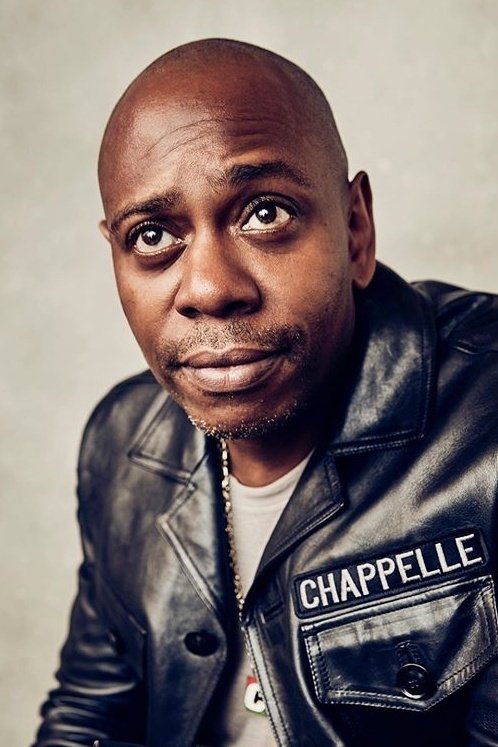
In November 2020, Dave Chappelle asked viewers to stop watching ‘Chappelle’s Show’ on streaming services. He explained that he wasn’t receiving payment whenever the show was licensed to these platforms. He made this request during his stand-up performances and in a video detailing his contract history. Shortly after, several streaming services temporarily stopped showing the program, and conversations started about how to fairly compensate creators.
By February 2021, the show was back on major platforms, and Chappelle revealed he had received payment and regained control of the licensing rights. This situation showed how an artist can rally their audience to gain an advantage in a disagreement over an existing contract. Specifically, using public attention helped him achieve a financial and rights-based resolution that wasn’t possible initially.
JoJo

In December 2018, JoJo re-recorded and released her initial two albums. This came after a long dispute with her record label prevented the original versions from being available on streaming services. These new recordings brought her popular songs back to playlists and the radio, without needing to use the contested original recordings. She then updated these recordings again in 2021 to ensure her music remained current. This allowed fans to easily access her work and helped her maintain control over her music catalog. It was a significant step in her career.
This decision brought back a source of income and allowed a new generation – who mostly find music through streaming services – to discover her work. It also set an example for up-and-coming artists dealing with similar problems, demonstrating that a well-thought-out studio strategy and accurate re-releases can revive older music collections and get classic songs back on the charts.
Conan O’Brien

After leaving The Tonight Show in January 2010, I was so excited to see what Conan O’Brien would do next! He quickly announced The Legally Prohibited From Being Funny on Television Tour in April of that year, and it was amazing. The show traveled to so many cities and included a ton of comedy, music, and even special guests. It was a really smart way to keep his whole team busy and connect with all of us fans while he was, unfortunately, restricted from being on TV because of his contract.
In November 2010, he launched a new late-night show on cable, entering with a renewed and enthusiastic fan base and a well-defined image built during his tour. This progression transformed a difficult situation into positive energy and demonstrated how a live show can be a way to overcome challenges and start fresh, effectively using time off-air to create a foundation for his future work.
Tell us about the most brutal celebrity revenge story you know in the comments below, and let us know which act stood out to you the most.
Read More
- Fed’s Rate Stasis and Crypto’s Unseen Dance
- Ridley Scott Reveals He Turned Down $20 Million to Direct TERMINATOR 3
- Красный Октябрь акции прогноз. Цена KROT
- Blake Lively-Justin Baldoni’s Deposition Postponed to THIS Date Amid Ongoing Legal Battle, Here’s Why
- Gold Rate Forecast
- Bitcoin’s Ballet: Will the Bull Pirouette or Stumble? 💃🐂
- Dogecoin’s Decline and the Fed’s Shadow
- ETH to the Moon? 🚀 Or Just a Bubble?
- Global-e Online: A Portfolio Manager’s Take on Tariffs and Triumphs
- Northside Capital’s Great EOG Fire Sale: $6.1M Goes Poof!
2025-10-03 08:16